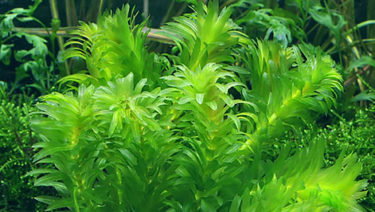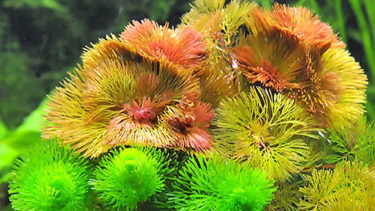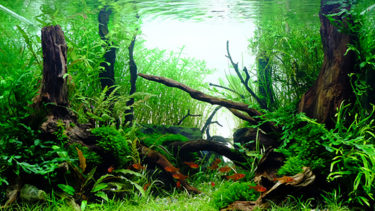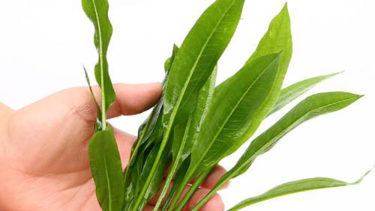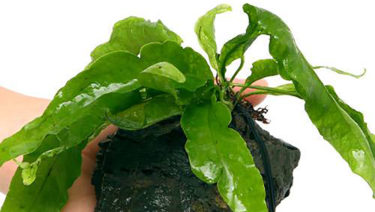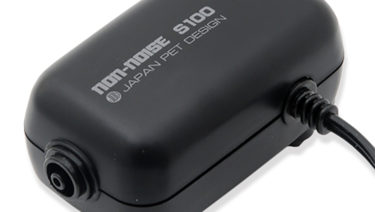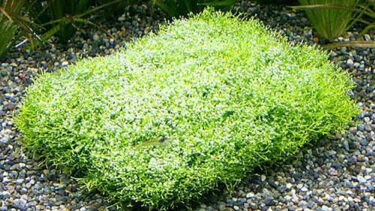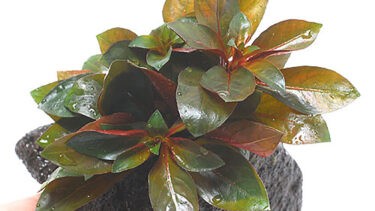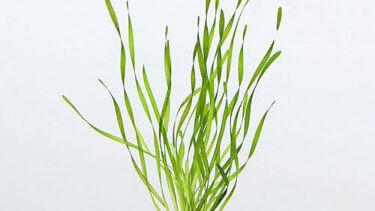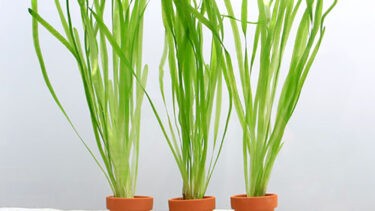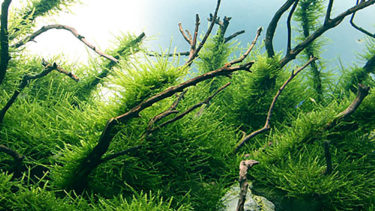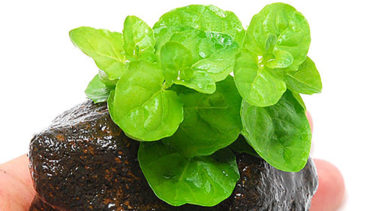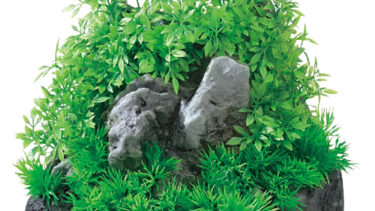Microthorium is one of the water plants belonging to the family Ursaceae, genus Nuciforaceae. It is a type of aquatic plant native to East Asia and lives in nature by wrapping its roots around driftwood and rocks. In this article, we will explain the characteristics of Microthorium and how to grow it.
What is Microsolium?
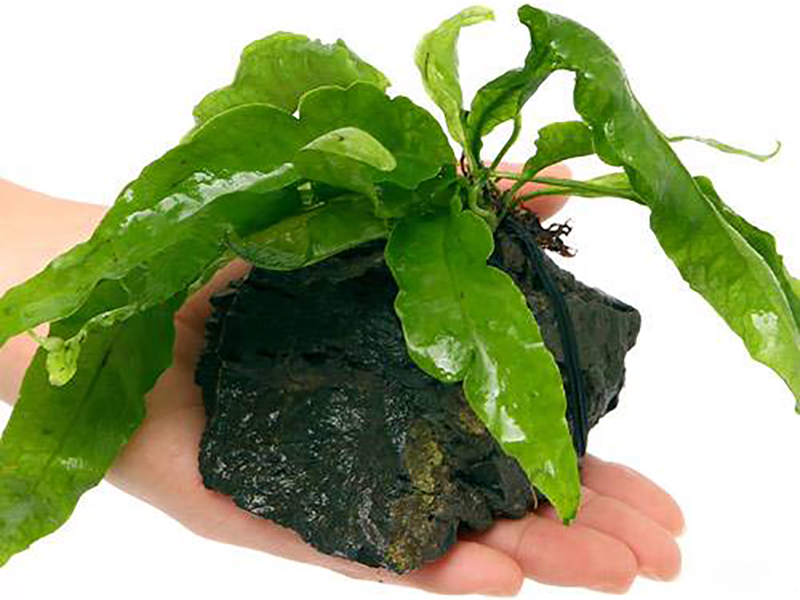
Microthorium is one of the water plants belonging to the family Ursaceae, genus Nuciforaceae. It is a type of water plant native to East Asia and lives in nature by wrapping its roots around driftwood and rocks. Microsoriums are sometimes referred to as "microsolium" or "microsolum" in some specialty stores.Microthorium is native to East Asia, but may grow wild in warmer regions of Japan.
Anacaris is one of the submerged plants of the family Cercidiphyllaceae of the phylum Cercidiphyllaceae. In stores, it is sometimes sold under its Japanese name, "giant duckweed. In this article, we will explain the characteristics of anacaris and how to grow it. What is Anacaris Anacaris [...].
Cabomba is one of the submerged plants of the Hagoromoidea family of the phylum Coccolithophyta. In some stores and other places, it is sold under the name "Camomba" in addition to Cabomba. In this article, we will explain the characteristics of cabomba and how to grow it. What is Cabomba and what is Cabomba [...]?
Pine needles are one of the submerged plants of the family Pineaceae of the phylum Angiospermae. Pine needles are characterized by their stiff, thread-like thinness like pine needles. In this article, we will explain the characteristics of Matsumo and how to grow it. What is Pine Saplane? Pine Saplane is one of the submerged plants of the family Pineaceae of the phylum Angiospermae [...].
How to grow Microthorium
Microthoriums are suitable for beginners and those who are not familiar with aquatic plants, as they do not require much of an environment for keeping. It prefers a water temperature of around 20-28℃. If the water temperature is kept above 30℃, there is a high possibility of fern disease, a disease that causes the leaves to become translucent and gradually die, so it should be avoided as much as possible. Microthoriums can be grown in areas with low light levels.Some people take advantage of this characteristic and plant them under the feet of tall water plants or in areas that are not exposed to much light, such as under shady rocks. However, those who wish to have brightly colored leaves should expose them to light to promote photosynthesis.
Water plants are indispensable for people who keep aquariums and ornamental fish. However, there are many aquatic plants available at specialty stores, and many people do not know what to buy. In this article, we will introduce you to some of the most popular aquatic plants that are easy to grow and have special [...]
Care of Microthorium
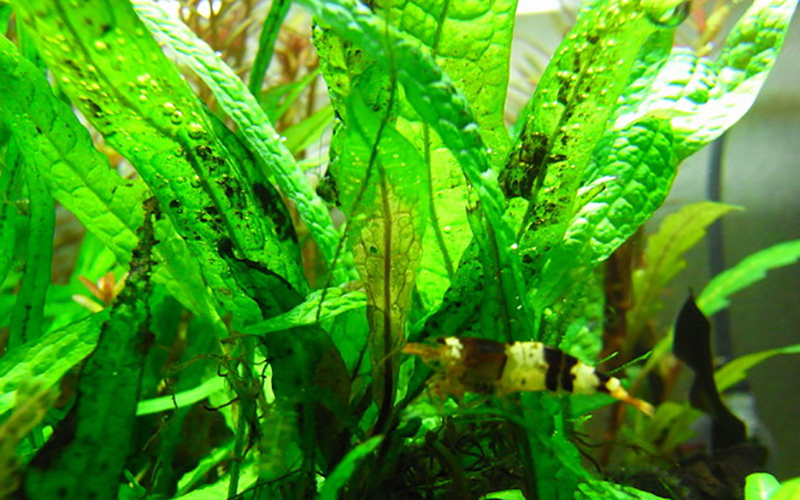
The care of the microthorium is,It is necessary to remove dirt and moss from the leaves. Microthoriums grow at a slower rate than other aquatic plants, so they are more prone to moss and other debris, so please make sure to take good care of them.In addition, old leaves may darken or some of their teeth may die, so such leaves should be taken care of as soon as possible when caring for them.
How to increase the number of microthoriums
One way to increase the number of microsoriums is to grow round sporangia on the underside of old leaves. The spores are then allowed to grow and multiply. As the spores grow, brown roots and leaves emerge. First, the roots emerge, and then the leaves grow.Immediately after the roots emerge from the spores, they may look like moss, and some people immediately discard them, which requires attention. When the roots have grown, leaves will then emerge. When the new leaves are 4 to 5 cm in diameter, they can be cut along with the emerging roots and wrapped around a piece of driftwood or rock. After a few weeks to a few months of slow growth, the plant will become a solid plant. When growing microsoriums, it is important to note that sporangia are often attached to the underside of the leaves just before the plant dies.
Organisms and Microthorium

Microthorium is rarely chosen as an aquatic plant to be placed with living creatures. However, Microthorium is a good species to be chosen as an aquatic plant to be placed with living creatures.Rather than adding microthoriums by themselves, they are best placed together with other types of aquatic plants to show off their full potential. Some people are concerned about the appearance of Microthorium alone, but when it is added to flashy or regular water plants, it fills in the gaps between the plants and prevents them from looking lonely.The microthorium itself is also a very hardy species, so it will grow well in aquariums for goldfish and other fish that are prone to water quality deterioration, so please give it a try.
Anubias nana is one of the water plants belonging to the genus Anubias of the taro family. It is a type of water plant native to West Africa, and has the habit of wrapping its roots around driftwood and rocks. In this article, we will explain the characteristics of Anubias nana and how to grow it. What is Anubias nana [...].
Amazon Sword is one of the water plants belonging to the genus Echinodorus of the family Omodidae. Its official name is Amazon Sword Plant. It is native to the Amazon River and the Pantanal Great Marsh in South America. In this article, we will explain the characteristics of the Amazon Sword and how to grow it [...].


